Huawei's P20 and P20 Pro prove Samsung has a real rival again
Andy Vandervell / WIRED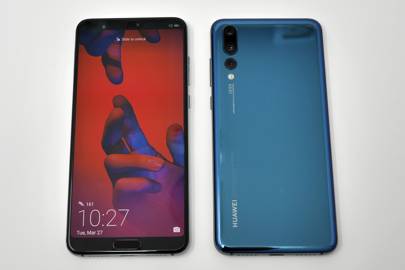
There is one simple reason many will like the Huawei P20 and P20 Pro: they both have a button on the front. It’s a good place for a button, especially one that’s a back button, home button and fingerprint scanner all in one. But wait, it also launches Google Assistant, so that’s four convenient features for the price of a tiny sliver of screen real estate.
It’s a refreshing antidote to the “more screen at all costs” approach, and, on Android at least, it makes eminent sense. Any space saved by not having a button is replaced by Android’s default soft buttons anyway, so what’s the point in ditching it? And while an irksome camera bump makes an unwelcome appearance, there’s a software option to hide it. Problem solved.
There’s plenty more to like about the P20 and P20 Pro, too. After years of floundering around with questionable gimmicks and iffy software, Huawei’s phones are maturing. The hardware’s always been good, but the software is simpler and classier than ever, and in the P20 Pro and its three cameras (yes, three), it has something unique to shout about.
The Huawei P20 and P20 Pro compared
The triple camera is exclusive to the P20 Pro, but that’s not the end of the differences. Naturally the Pro’s a little larger – 6.1in compared to 5.8in for the standard P20 – but it also has an inky black OLED screen, 6GB of memory and, unlike the P20, it’s water resistant. Given how similar they are, it seems a tad arbitrary that the P20 lacks the latter feature, but clearly the triple camera is the real talking point.
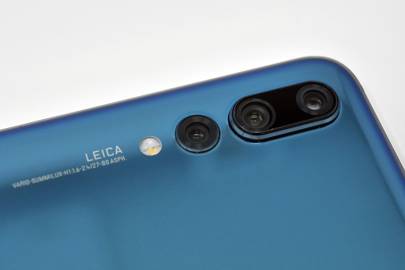
Andy Vandervell / WIRED
Huawei’s approach is unusual in that both phones have an RGB (colour) sensor and a monochrome one. A dedicated monochrome sensor opens up some fun creative options, but it’s also employed to improve low-light photo quality and – like on most dual-camera phones – help create blurred background ‘portrait mode’ photos. Huawei’s had this setup since the P9 in 2016, where its ongoing camera partnership with Leica first began.
That’s why the Pro now has three cameras. On most rivals, the second camera is the telephoto camera, but Huawei already had two cameras on its phones, so the natural conclusion was to include a third to add the telephoto dimension. Some might deem it excessive, but there’s merit in the flexibility, and this means you can enjoy the detailed, moody shots of the monochrome camera when it’s useful.
Huawei makes much of P20 Pro’s superior zoom ability, too, with a ‘5x hybrid zoom’ (3x optical) which it claims produces sharper, more detailed photos than the competition thanks to some algorithm trickery. The results WIRED saw were impressive but – given the lack of opportunity for direct comparison at the preview event – inconclusive.
The camera tricks don’t end with the third camera. Both phones benefit from a 960fps slow-mo video mode, but it’s in the software where things get really interesting. Huawei’s talking up the AI elements of its camera software and, setting aside the abuse of the term ‘AI’ for a moment, the results are worth noting.
The hero feature is a long-exposure night mode, which you can use without a tripod. For the uninitiated, long-exposure photos are where you expose the camera’s sensor for a prolonged period, letting in more light (those shots you see of car headlights making light trails across the whole image, are a typical example). They’re great for night shots, but they’re traditionally impossible without the aid of a tripod because a long exposure requires total stillness to avoid incomprehensible, blurry photos.
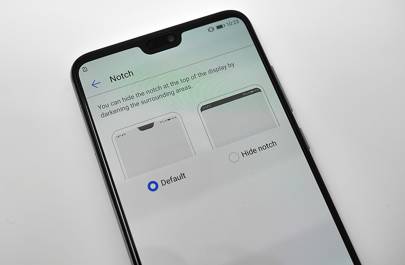
Andy Vandervell / WIRED
All of which makes this mode impressive. Huawei was extremely cagey about how it works, but it seems logical it’s taking multiple exposures and stitching them together – a kind of low-light HDR mode, if you will. For a static demo, Huawei setup a pitch black room with a backlit silhouette of a city skyline on one wall. It was incredibly dark, but where a lesser phone would capture a vague dimness from the backlighting, the P20’s night mode captured real detail and depth with little appreciable noise.
It was impressive, and the phone can operate in this mode for up to eight seconds per shot, but the caveat is this wasn’t a real-world demo. In the wild, movement and conflicting light sources add complexity, so it’s hard to say on this evidence how often it will be effective when out and about.
Caveats applied, however, even if this mode doesn’t live up to its billing, it’s clear the P20 and P20 Pro have a great camera setup. Its partnership with camera specialists Leica continues to to pay dividends.
More battery is always good, but it comes at a cost
Not content with having more cameras than rivals, Huawei’s placed great importance on battery life. Both the P20 and P20 Pro have larger batteries than the Samsung Galaxy S9 and S9+. The P20’s 3,400mAh battery is 13 percent larger than Samsung’s and the P20 Pro’s 4,000mAh capacity cell is 14 percent larger than the S9+. These should hopefully be large enough to get you through any day with power to spare.
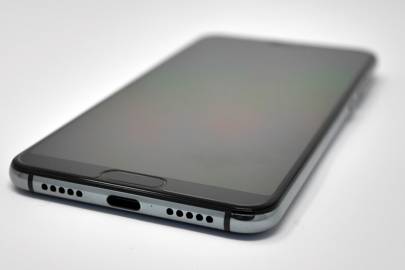
Andy Vandervell / WIRED
Sadly, the headphone jack has been sacrificed to help accommodate these larger batteries. This is either an evil sacrilege or a sign of progress depending on who you ask. Those wedded to a wired set will need an adapter for the USB-C port. It's another point of difference with Samsung, which retains the 3.5mm port on the S9 and S9+.
Removing the headphone jack helps keep the phones thin and light despite the large batteries, and these are good-looking phones, albeit in a generic kind of way. They’re thin and curvy in all the right places, though the special ‘light refracting’ finishes on the rear do not add much. It also would be nice if the third camera on the P20 Pro appeared less tacked on than it does, but in the design stakes Huawei can stand unashamed alongside Samsung and Apple.
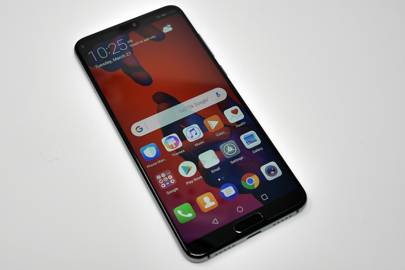
Andy Vandervell / WIRED
First impressions
You can throw a blanket over most smartphones these days, they are so homogenous. And this is largely true of the Huawei P20 and P20 Pro, but the clever long-exposure mode and the Pro’s triple camera are noteworthy innovations. Moreover, if you’re choosing between the two, the Pro’s extra memory and OLED screen make a persuasive case.
As we’ve argued recently, Huawei’s success all hinges on whether the cameras live up to their billing. But in a year where Samsung’s rolled out a somewhat underwhelming update to its flagship phones, the P20 Pro manages to stand out. Samsung has a real rival on its hands again.

Post a Comment